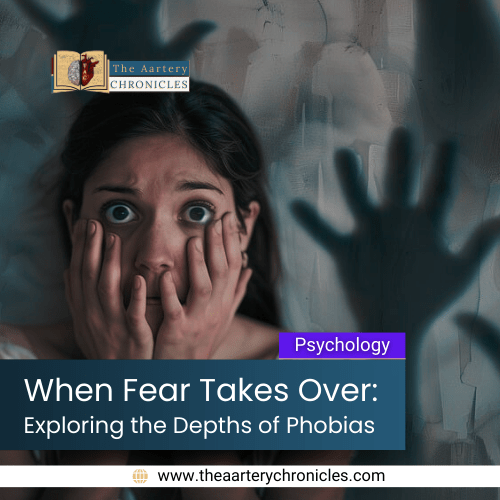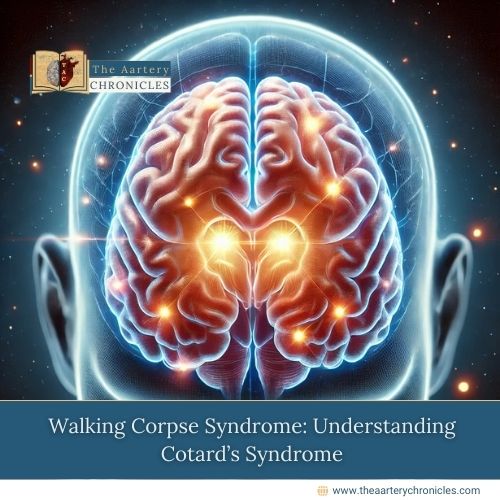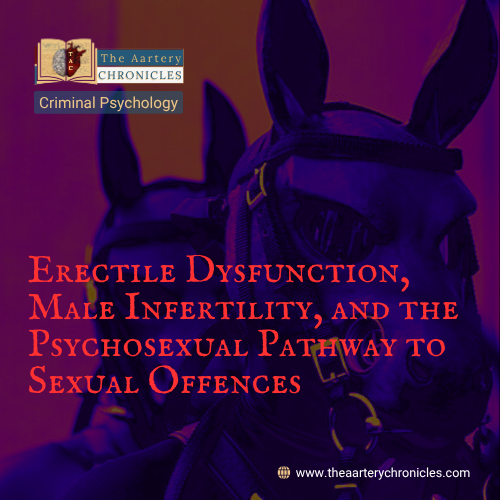
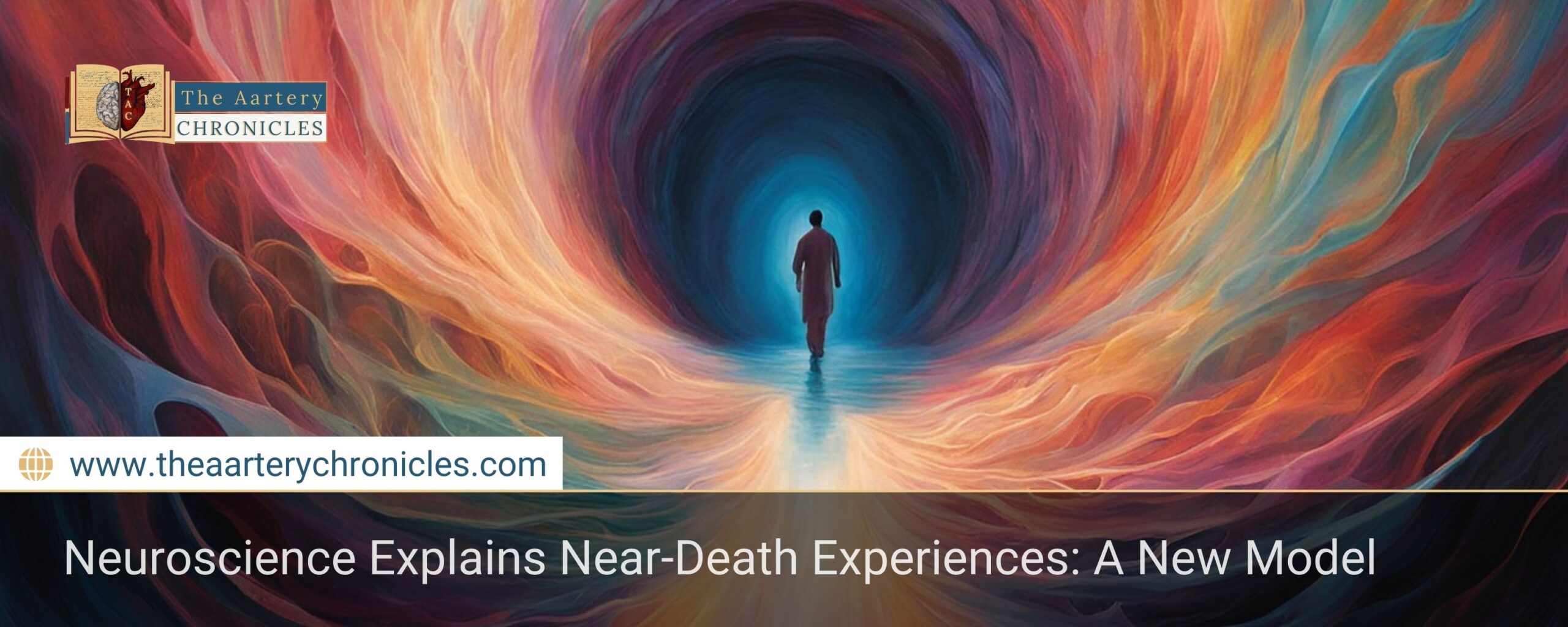
Neuroscience Explains Near-Death Experiences: A New Model
Summary: Near-death experiences (NDEs) have long fascinated scientists and the public. A new neuroscientific model suggests that these experiences result from predictable brain responses triggered by oxygen deprivation, neurotransmitter surges, and disrupted brain metabolism during life-threatening events. Researchers developed the NEPTUNE model, integrating neurobiology, psychology, and evolution to explain how altered consciousness emerges under extreme stress. Future studies will test this model using neuroimaging and physiological monitoring, potentially reshaping our understanding of brain activity near death.
Are Near-Death Experiences Just Brain Chemistry at Work?
Near-death experiences (NDEs) have fascinated humans for centuries, often described as out-of-body sensations, bright lights, or even spiritual encounters. But what if these experiences are simply the result of a predictable physiological process? A new study by researchers at the University of Liege proposes a neuroscientific model explaining NDEs, linking them to brain activity under extreme stress.
The Science Behind Near-Death Experiences
A team of neuroscientists, psychologists, and evolutionary experts reviewed existing research to identify a consistent physiological pattern behind NDEs. Their findings suggest that:
- Oxygen deprivation and increased carbon dioxide levels trigger altered consciousness.
- Brain energy metabolism is disrupted, leading to vivid perceptions.
- A surge of neurotransmitters like serotonin, dopamine, and noradrenaline influences
- Emotions
- Memory
- Hallucinations.
What Do People Experience During an NDE?
NDEs may vary, however, common themes that emerge are:
- Out-of-body sensations: Feeling detached from the physical body.
- Time distortion: Experiencing slowed, stopped, or accelerated time.
- Profound emotions: A sense of peace or overwhelming calm.
- Life review: Seeing memories flash before their eyes.
- Bright lights and tunnels: Encounters with deceased loved ones or mystical figures.
Interestingly, while many NDEs are positive, some individuals report distressing or nonsensical experiences that receive less public attention.
How Does the Brain Create These Experiences?
The study found that NDEs occur due to a cascade of neurophysiological changes:
- Reduced cerebral blood flow during cardiac arrest leads to hypoxia.
- Neurotransmitter surges including serotonin and dopamine, cause hallucinations and heightened emotions.
- Acetylcholine and noradrenaline influence memory formation and recall.
- Endorphins and GABA may explain feelings of peace and detachment.
The study also draws parallels between NDEs and psychedelic-induced experiences, such as those caused by DMT and ketamine, which affect similar brain receptors.
NEPTUNE: A New Theory of NDEs
Based on this research, scientists developed NEPTUNE (Neurophysiological Evolutionary Psychological Theory Understanding Near-death Experience), a model integrating neuroscience, psychology, and evolution to explain why NDEs happen. The model suggests that NDEs may share evolutionary roots with death-feigning behaviors (thanatosis), a survival mechanism in animals.
The Future of NDE Research
The study’s authors emphasize that NEPTUNE is theoretical but provides a roadmap for future research. Scientists aim to test the model using:
- Neuroimaging to observe brain activity during extreme stress.
- Physiological monitoring of critically ill patients.
- Further exploration of brain activity after cardiac arrest, potentially influencing how we define brain death.
Final Thoughts
Near-death experiences may feel otherworldly, but emerging research suggests they result from predictable brain processes under extreme stress. As science continues to explore consciousness and the brain’s resilience, NEPTUNE provides a compelling framework for understanding these mysterious phenomena.
Inputs from various media sources
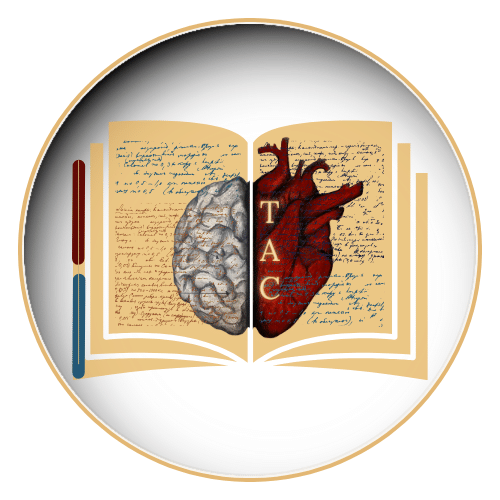
Dane
I am an MBBS graduate and a dedicated medical writer with a strong passion for deep research and psychology. I enjoy breaking down complex medical topics into engaging, easy-to-understand content, aiming to educate and inspire readers by exploring the fascinating connection between health, science, and the human mind.


